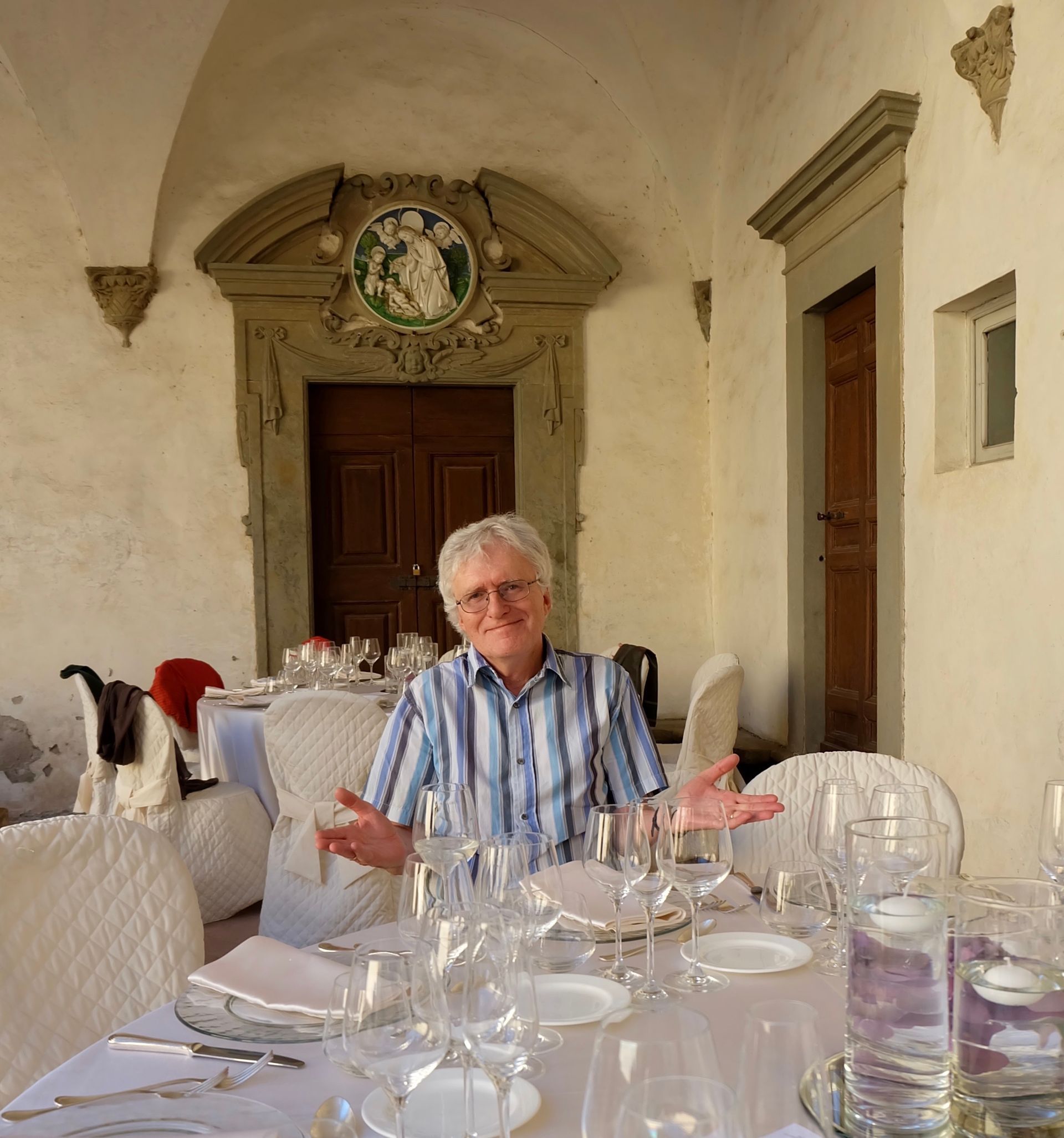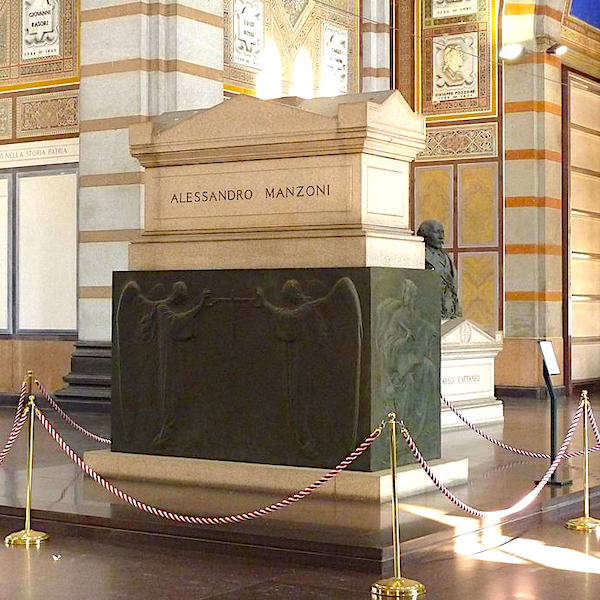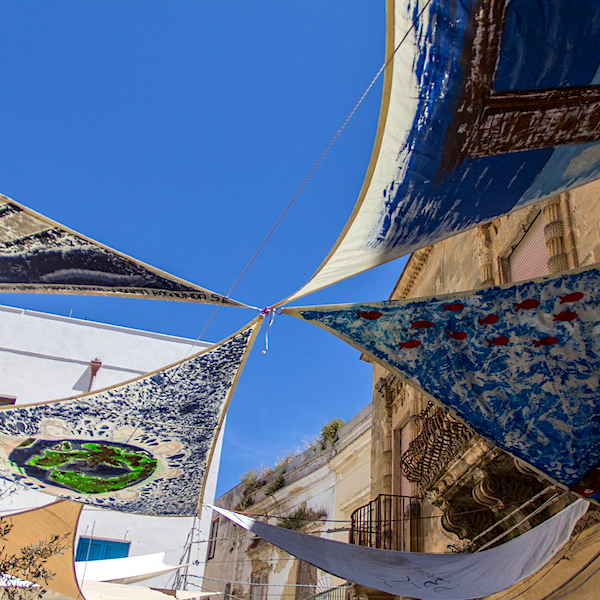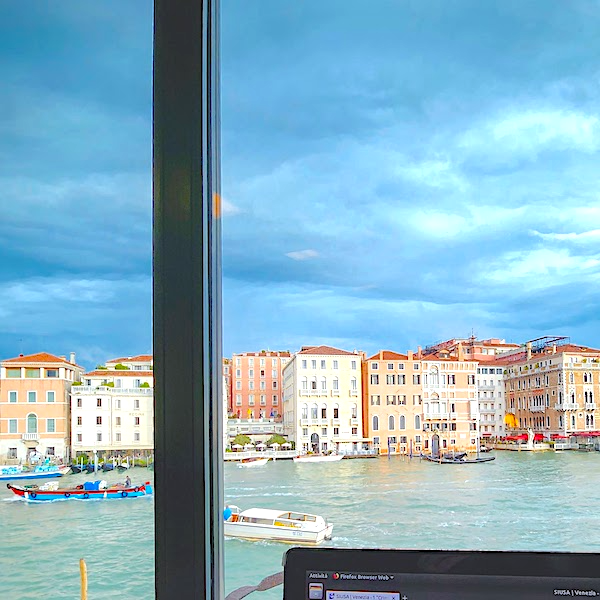One more time: the kidnapping and murder of Aldo Moro
 The fourth Parliamentary committee of enquiry into the kidnapping and murder of Aldo Moro
(March 16-May 9 1978) has just presented its first report
. The committee, following its predecessors of 1979-1983
, 1986-87
and 1988-2001
(all with remits beyond the Moro case) was set up in 2014 to investigate whether fresh evidence revealing new responsibilities had come to light since the last Parliamentary enquiry was wound up in 2001 without a final report. What are the present committee’s chances of doing better i.e., making discoveries and agreeing on their significance? The prospects are not good.
In general Italy’s Parliamentary committees of enquiry (around 50 since 1948) very rarely reach consensus beyond an agreement to disagree. Their open-ended reception of whatever material any member is convinced is potentially relevant makes it extremely hard to define what is to count as evidence or to establish the relative value of different types of material. When a committee does produce a clear majority report, Parliament is not obliged to discuss it, let alone propose action on it, so that even committees with unequivocal findings have little direct practical effect.
The fourth Parliamentary committee of enquiry into the kidnapping and murder of Aldo Moro
(March 16-May 9 1978) has just presented its first report
. The committee, following its predecessors of 1979-1983
, 1986-87
and 1988-2001
(all with remits beyond the Moro case) was set up in 2014 to investigate whether fresh evidence revealing new responsibilities had come to light since the last Parliamentary enquiry was wound up in 2001 without a final report. What are the present committee’s chances of doing better i.e., making discoveries and agreeing on their significance? The prospects are not good.
In general Italy’s Parliamentary committees of enquiry (around 50 since 1948) very rarely reach consensus beyond an agreement to disagree. Their open-ended reception of whatever material any member is convinced is potentially relevant makes it extremely hard to define what is to count as evidence or to establish the relative value of different types of material. When a committee does produce a clear majority report, Parliament is not obliged to discuss it, let alone propose action on it, so that even committees with unequivocal findings have little direct practical effect.
In this particular case, the committee’s large cross-party membership of 60 parliamentarians and senators from 14 different parties suggests it has no greater likelihood of reaching agreement than its predecessor. Most members are unfamiliar with the details of the Moro case (with the exception of the PD’s Miguel Gotor, the author of a brilliant analysis of the letters Moro wrote from his ‘people’s prison'[1]) and will have to form their views through the facts, speculations and fantasies contained in the huge volume of documentation. In its first year the committee has already gathered half-a-million documents, mostly drawn from the archives of the three earlier committees (the archives of the 1988-2001 enquiry housed 1.5 million documents) and from the six judicial investigations into the kidnapping and murder. It has very limited resources (€70,000 to cover 2014-2016) to initiate substantial new enquiries or to employ consultants to do so (those recruited so far have worked free of charge). Apart from the task of organising the documents, which necessarily include many of dubious relevance and reliability, the committee’s activities have essentially been twofold: delegating specific enquiries to technical experts, and holding hearings of politicians (mainly current ministers and senior members of the previous Moro enquiries), magistrates involved in the investigations of political violence ( inter alia Infelisi, Caselli, Spataro, Imposimato, Priore), and authors of detailed analyses of the Moro case (Clementi, Satta [2]).
Is there anything to be discovered? Connoisseurs of controversies over the details of what happened in Via Fani will recognise some old favourites in those hearings: the presence around 9am of Colonel Guglielmi, suspected of having links to the security services, who claimed to be on the way to a lunch appointment nearby; the suspicious passage of a Honda motorbike with two passengers (“Peppo” and “Peppa”) at the moment of the attack; the supposedly missing roll(s) of film containing potentially relevant photos; and the possible involvement of organised crime via the alleged sighting in Via Fani of Antonio ‘due nasi’ Nirta from Calabria. Other endlessly disputed features make their appearance too: the role of the founders of the language school Hyperion in Paris; the location, perhaps locations, of the ‘people’s prison’ where Moro was held hostage; the suspected involvement of the criminologist Giovanni Senzani; and the alleged infiltration of the BR by the security services from the beginning. Not surprisingly, nearly forty years after the kidnapping, the testimonies (today) of eyewitnesses (then) often disagree with one another and sometimes also with the witnesses’ own previous testimonies. Listing these discrepancies, and the incompatibility of each one with the details provided in an insider’s account (Morucci’s ‘memoriale’ of 1990), ensures that the events of March to May 1978 maintain a continuing sense of mystery.
The committee concludes its report on that note: ‘….. ancora oggi – a 37 anni di distanza dai tragici avvenimenti di Via Fani – il caso Moro presenta aree inesplorate e meritevoli di approfondimento’ (p.363). Apart from resolving the puzzles of the missing or contradictory details, the committee will now start to examine the nature of the relations of the BR with members of the police and security services and with sympathisers from the ‘alta borghesia dell’epoca’. Adding a new line of enquiry, it will also consider whether the legislation encouraging militants to turn state’s evidence ( la legislazione premiale ) may have prompted its beneficiaries to agree on a single version of events which deliberately concealed vital details and allowed some participants to evade detection.
Notes
1. M. Gotor, Aldo Moro: Lettere dalla prigionia (Einaudi, 2008).
2. V.Satta, Odissea nel caso Moro. Viaggio controcorrente attraverso la documentazione della Commissione Stragi (EDUP, 2003; Il caso Moro e i suoi falsi misteri (Rubbettino, 2006).








